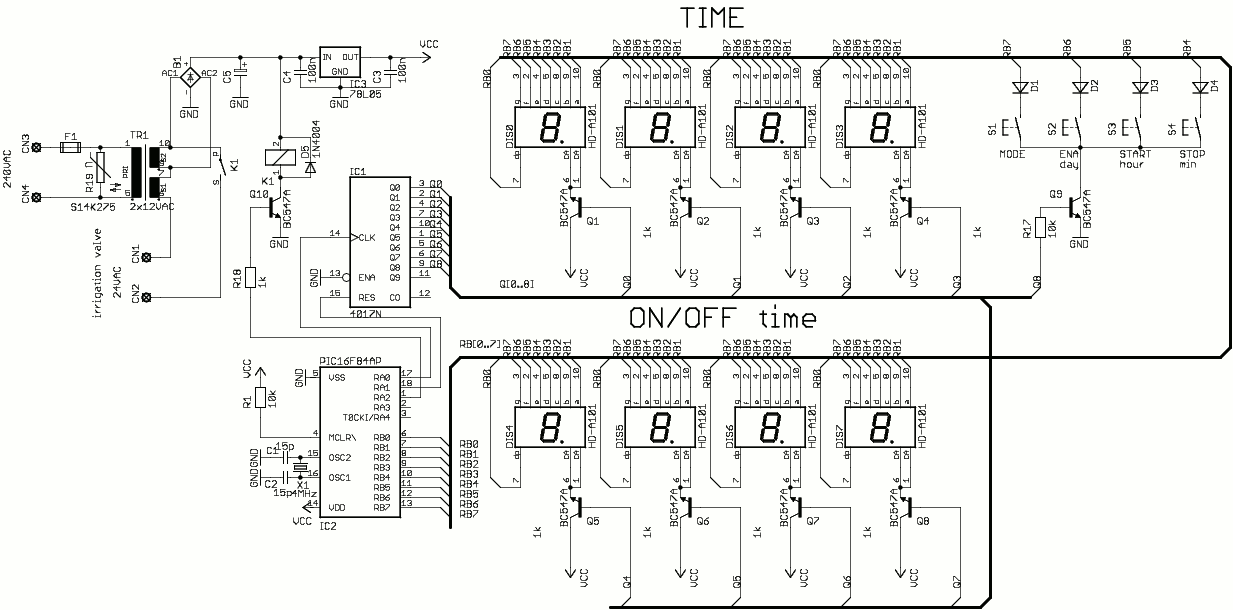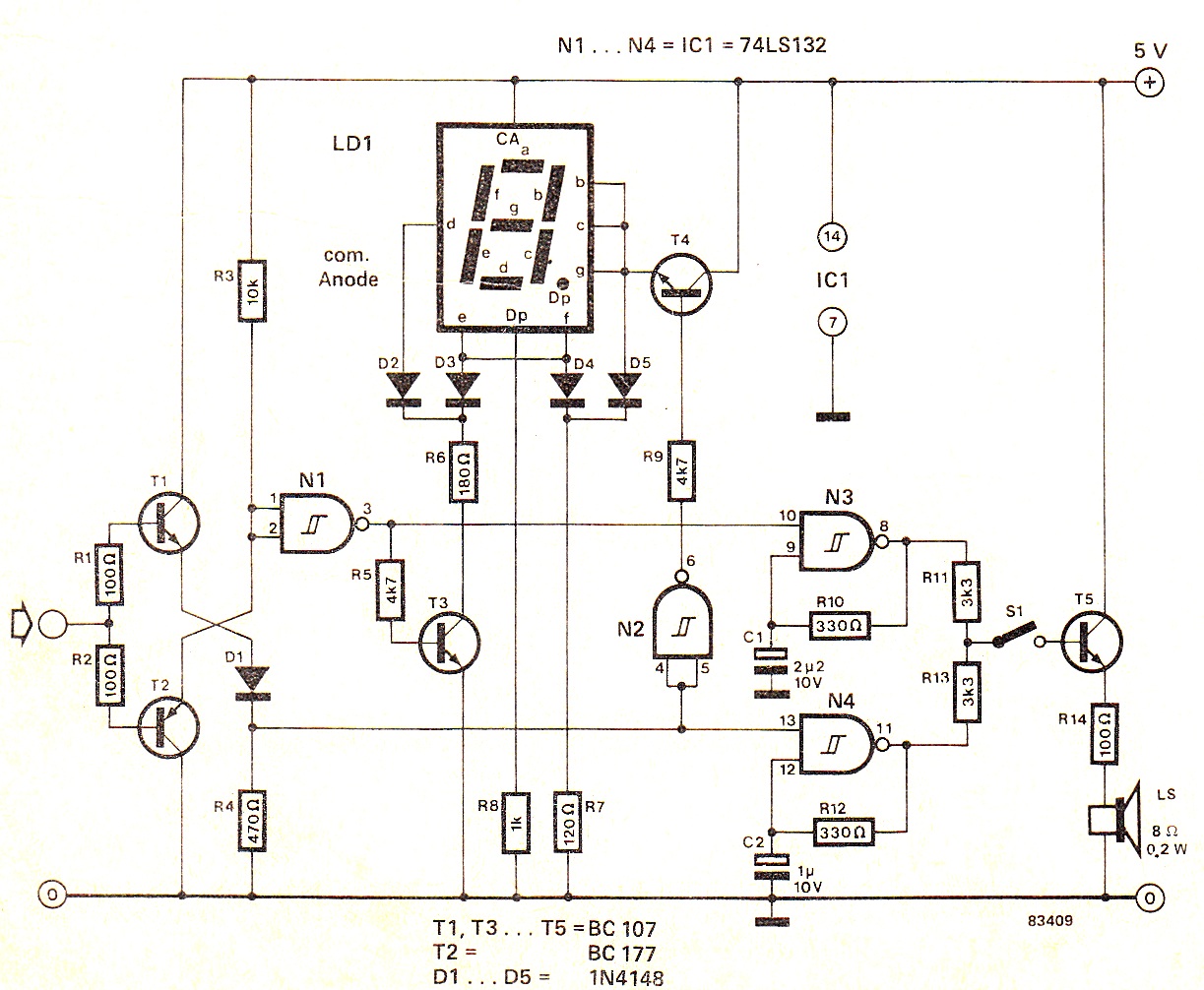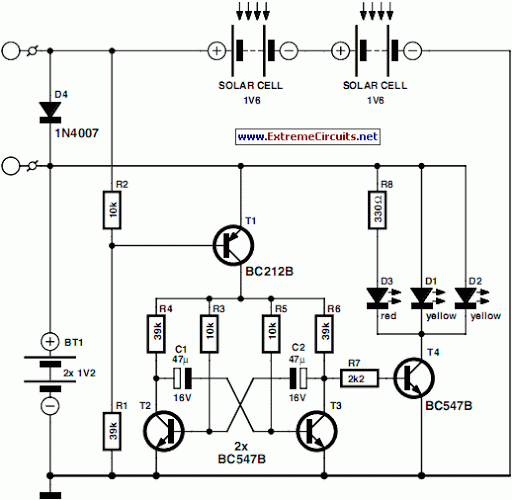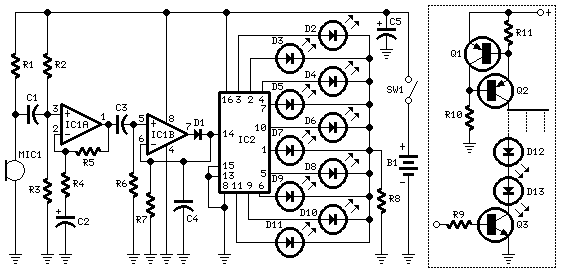
Achieve Cost-Effective LED Control with High Efficiency
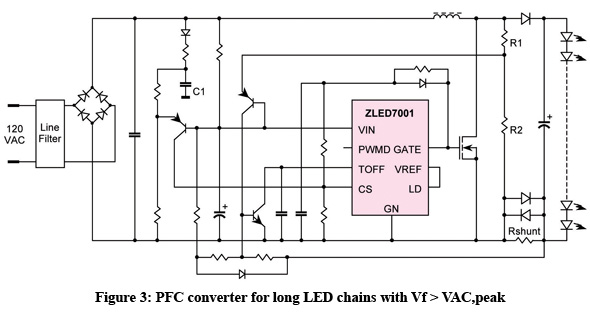
The incandescent light bulb has been the leading choice for lighting applications since its introduction in the late 19th century; however, its efficiency has consistently remained below five percent. Growing global ecological awareness and the demand for more cost-effective lighting solutions have positioned the incandescent bulb as a focal point for technological advancements, leading to the development of white LEDs (Light Emitting Diodes).
The transition from incandescent bulbs to white LEDs represents a significant evolution in lighting technology. Incandescent bulbs operate by passing an electric current through a filament, which then heats up and emits light. However, this process is highly inefficient as most of the energy is converted to heat rather than visible light. In contrast, white LEDs utilize a semiconductor material to convert electrical energy directly into light, achieving efficiencies of over 20% and often exceeding 50% in some applications.
The basic construction of a white LED involves a chip made from a semiconductor material, typically gallium nitride (GaN), which emits blue light when current flows through it. This blue light is then combined with a phosphor coating to produce white light. The design of an LED circuit includes several critical components: the LED itself, a current-limiting resistor to prevent excess current from damaging the LED, and a power supply that provides the necessary voltage and current.
In practical applications, LED circuits can be configured in series or parallel arrangements, depending on the desired voltage and current characteristics. Series configurations increase the total voltage while maintaining the same current, while parallel configurations maintain the same voltage across all LEDs but increase the total current capacity. Additionally, the use of pulse-width modulation (PWM) can allow for dimming capabilities, further enhancing the versatility of LED lighting solutions.
The environmental benefits of switching to LED technology are substantial. LEDs have a significantly longer lifespan, often lasting up to 25,000 hours or more, compared to the 1,000-hour lifespan of incandescent bulbs. This longevity reduces the frequency of replacements and, consequently, waste. Furthermore, LEDs contain no hazardous materials like mercury, which is commonly found in fluorescent lighting, making them a safer choice for both consumers and the environment.
In conclusion, the shift from incandescent light bulbs to white LEDs marks a pivotal advancement in lighting technology, driven by the need for improved efficiency and sustainability. The ongoing development and integration of LED technology into various lighting applications continue to redefine standards in energy consumption and ecological responsibility.Although the incandescent light bulb has dominated lighting applications since its introduction in the late 19th century, its efficiency has remained at less than five percent. Worldwide ecological awareness and the search for more cost-effective lighting options have made the light bulb the target of technology Although the incandescent light bulb has dominated lighting applications since its introduction in the late 19th century, its efficiency has remained at less than five percent.
Worldwide ecological awareness and the search for more cost-effective lighting options have made the light bulb the target of technology, resulting in the arrival of white LEDs (Light Emitting Diodes).. 🔗 External reference
The transition from incandescent bulbs to white LEDs represents a significant evolution in lighting technology. Incandescent bulbs operate by passing an electric current through a filament, which then heats up and emits light. However, this process is highly inefficient as most of the energy is converted to heat rather than visible light. In contrast, white LEDs utilize a semiconductor material to convert electrical energy directly into light, achieving efficiencies of over 20% and often exceeding 50% in some applications.
The basic construction of a white LED involves a chip made from a semiconductor material, typically gallium nitride (GaN), which emits blue light when current flows through it. This blue light is then combined with a phosphor coating to produce white light. The design of an LED circuit includes several critical components: the LED itself, a current-limiting resistor to prevent excess current from damaging the LED, and a power supply that provides the necessary voltage and current.
In practical applications, LED circuits can be configured in series or parallel arrangements, depending on the desired voltage and current characteristics. Series configurations increase the total voltage while maintaining the same current, while parallel configurations maintain the same voltage across all LEDs but increase the total current capacity. Additionally, the use of pulse-width modulation (PWM) can allow for dimming capabilities, further enhancing the versatility of LED lighting solutions.
The environmental benefits of switching to LED technology are substantial. LEDs have a significantly longer lifespan, often lasting up to 25,000 hours or more, compared to the 1,000-hour lifespan of incandescent bulbs. This longevity reduces the frequency of replacements and, consequently, waste. Furthermore, LEDs contain no hazardous materials like mercury, which is commonly found in fluorescent lighting, making them a safer choice for both consumers and the environment.
In conclusion, the shift from incandescent light bulbs to white LEDs marks a pivotal advancement in lighting technology, driven by the need for improved efficiency and sustainability. The ongoing development and integration of LED technology into various lighting applications continue to redefine standards in energy consumption and ecological responsibility.Although the incandescent light bulb has dominated lighting applications since its introduction in the late 19th century, its efficiency has remained at less than five percent. Worldwide ecological awareness and the search for more cost-effective lighting options have made the light bulb the target of technology Although the incandescent light bulb has dominated lighting applications since its introduction in the late 19th century, its efficiency has remained at less than five percent.
Worldwide ecological awareness and the search for more cost-effective lighting options have made the light bulb the target of technology, resulting in the arrival of white LEDs (Light Emitting Diodes).. 🔗 External reference
